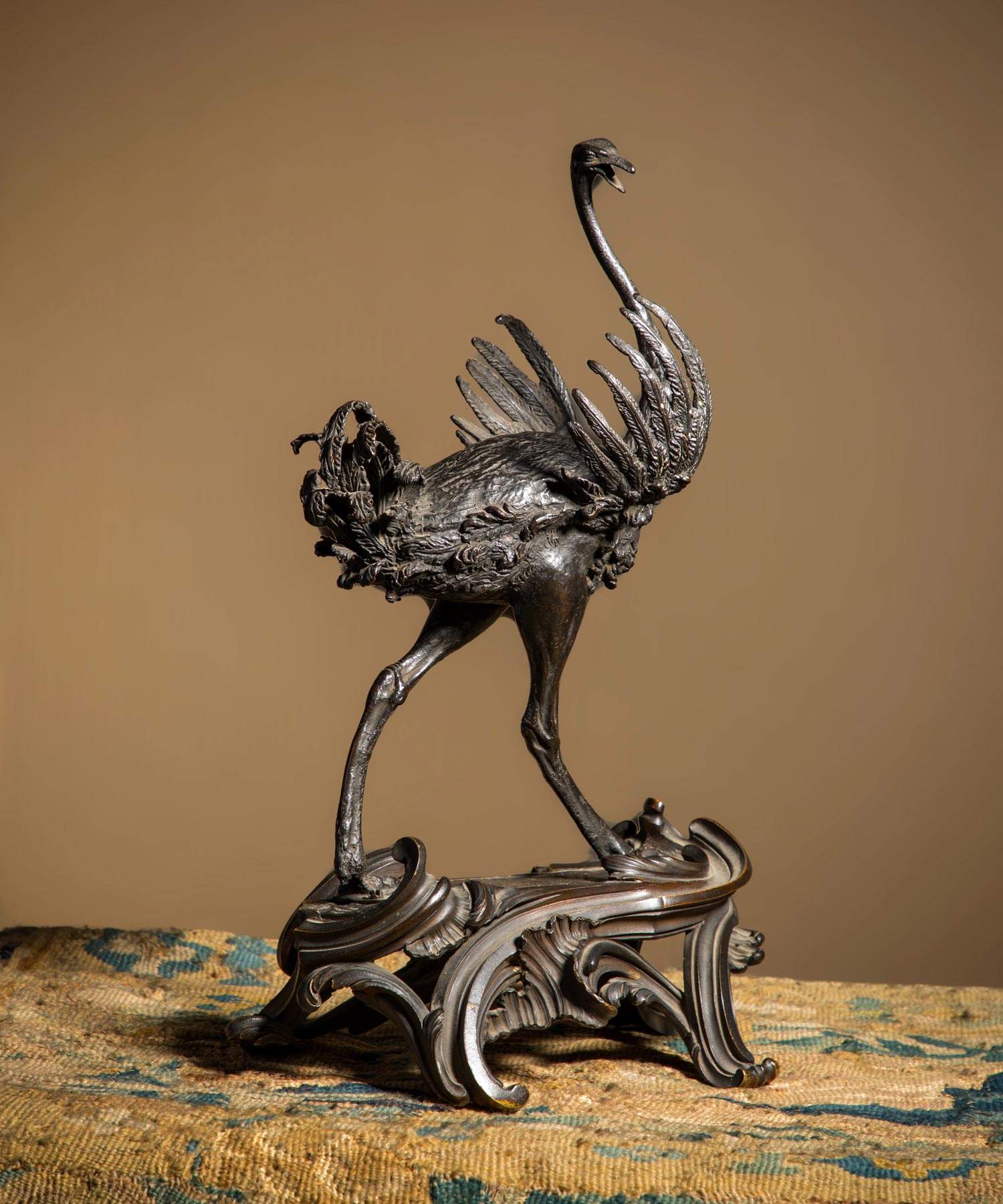A unique bronze ostrich from Giambologna's workshop goes up for auction in England
On April 21, Cheffins auction house will offer for sale a unique bronze sculpture, depicting an ostrich, made by the workshop of Giambologna (Jean de Boulogne; Douai, 1529 - Florence, 1608): According to auction house experts, Giambologna may have created the work together with Pietro Tacca of Carrara, Italy (Carrara, 1577 - Florence, 1640), a longtime collaborator of Giambologna and one of Europe’s leading artists of the early 17th century. For 180 years the work was kept in a private collection, and in the past it was also part of Horace Walpole ’s collection kept at Strawberry Hill House, so much so that it was mentioned in a Description of the Villa of Horace Walpole published in 1774. The work, made in the late sixteenth and early seventeenth centuries, was probably purchased by the great writer between 1765 and 1766, after which, in 1842, forty-five years after Walpole’s death, it was sold to John Dunn-Gardner of Suffolk, Earl of Leicester, for the sum of fifty pounds and eight shillings, and the ostrich has remained in the family’s collections ever since.
Of the ostrich (estimated to be worth between 80 and 120 thousand pounds) there are only three known specimens: in addition to the one in Cheffins, there is one in the Louvre and one in the Fitzwilliam Museum in Cambridge. The Louvre specimen is first documented in 1689 and was formerly part of the collections of French royalty before being donated to the museum in 1881 by Adolphe Tiers, then president of France. The other specimen was sold for 260 pounds at Sotheby’s in 1949: it was purchased by Lieutenant Colonel Thomas Boscawen, who, on the date of his death in 1958, left the work to the Cambridge museum. Cheffins became acquainted with the work after the current owners offered some paintings for sale at the same auction house last October.
“The family,” said Jonathan Law, director of Cheffins, “has always known that they were in possession of an important Renaissance sculpture, and as a result of several searches performed by Cheffins, we were able to find the other two known examples and trace the history of the work. Traditionally recognized as the work of Giambologna, according to recent studies there are possibilities that this work is the result of the fusion of his work with that of Pietro Tacca, heir to his workshop. Because of its connections to the Walpole collection, one of the most important of the 18th century, this work is an incredibly important piece and demonstrates the skill of Giambologna and his workshop in creating exceptional works in bronze.”
 |
| A unique bronze ostrich from Giambologna's workshop goes up for auction in England |
Warning: the translation into English of the original Italian article was created using automatic tools. We undertake to review all articles, but we do not guarantee the total absence of inaccuracies in the translation due to the program. You can find the original by clicking on the ITA button. If you find any mistake,please contact us.




























